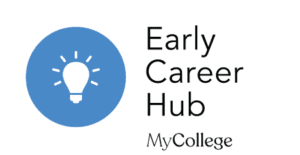Designing curriculum in a primary school
Written By: Author(s): Robbie Burns

13 min read
This case study was written by Robbie Burns, a primary school teacher and leader.
As you read this case study, reflect on how the curriculum has been shaped and developed. Take some time to think about how some of these approaches might translate to your own context.
In this case study, I will explore four research-informed principles that I have followed as a year 6 classroom teacher to plan the curriculum for my pupils. For each principle, I will briefly explain the research evidence, how I have interpreted it and then show how this has been translated into my classroom practice. I will be providing examples from two subjects - history and geography - and two units of work - Rivers and The First World War to hopefully demonstrate that the principles that I have followed for curriculum development can be applied to all subjects.
Principle 1: Begin with what your pupils know
This principle, simply explained, is that as teachers we must
Join us or sign in now to view the rest of this page
You're viewing this site as a guest, which only allows you to view a limited amount of content.
To view this page and get access to all our resources, join the Chartered College of Teaching (it's free for trainee teachers and half price for ECTs) or log in if you're already a member.
0
0
votes
Please Rate this content
Please login to comment
0 Comments
Oldest
Newest
Most Voted
Inline Feedbacks
View all comments










